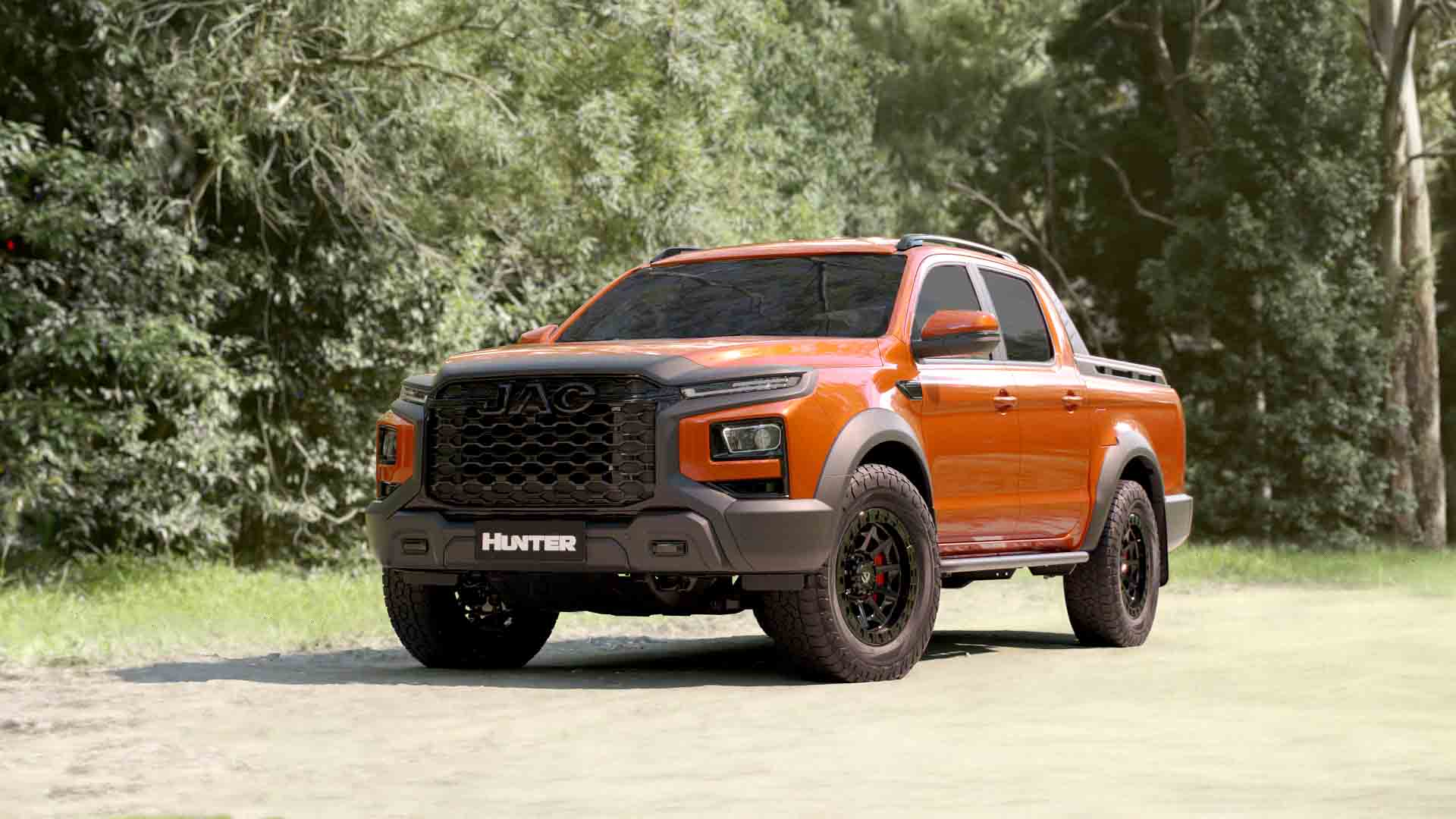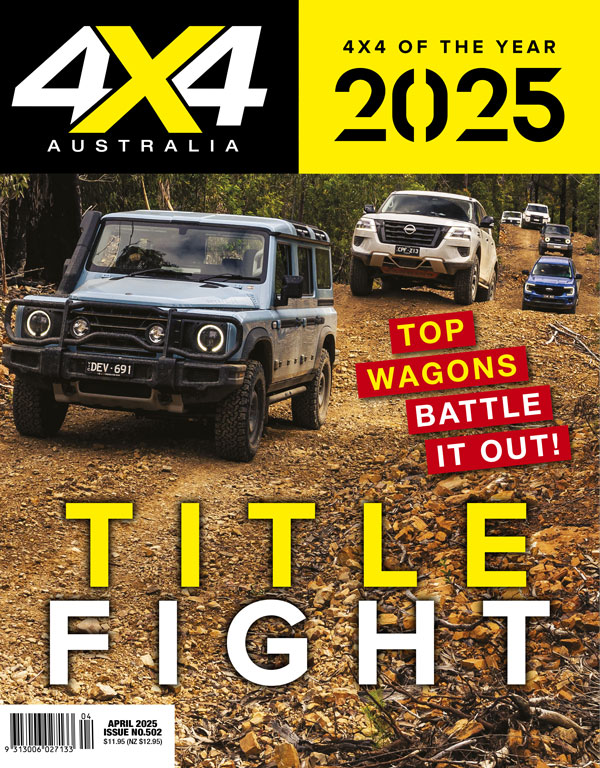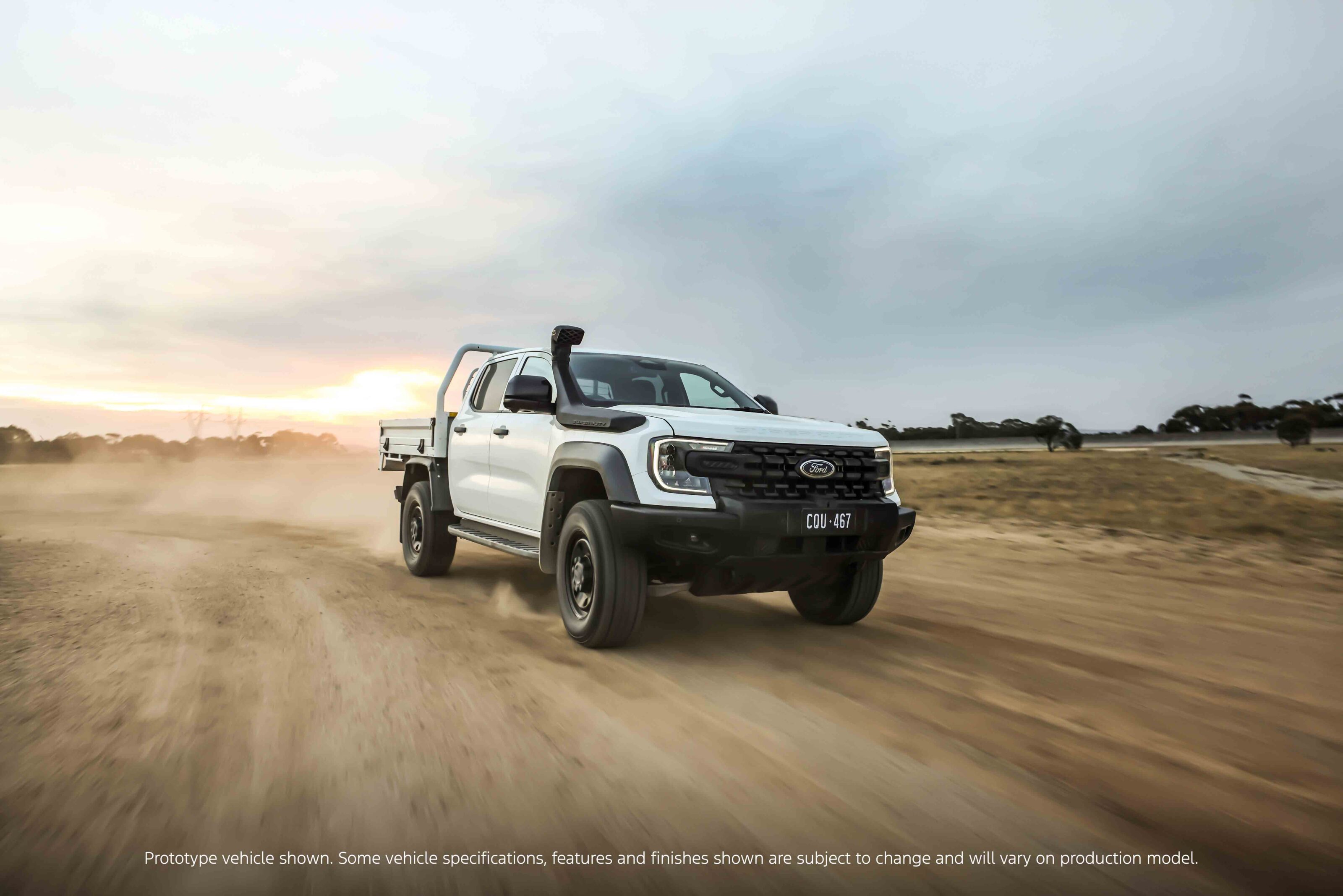JAC has officially taken the wraps off its electrified plug-in hybrid dual-cab ute, dubbed the JAC Hunter PHEV.
Revealed at the Melbourne Motor Show, the JAC Hunter is powered by an all-new 2.0-litre turbocharged petrol engine that is paired with dual electric motor combination, producing a mighty impressive 385kW and 1000Nm. The powertrain features a dedicated hybrid transmission and an energy recovery system..
For comparison’s sake, the hugely popular BYD Shark produces 321kW and 650Nm, and the Ford Ranger PHEV will muster 207kW and 697Nm when it lands locally.
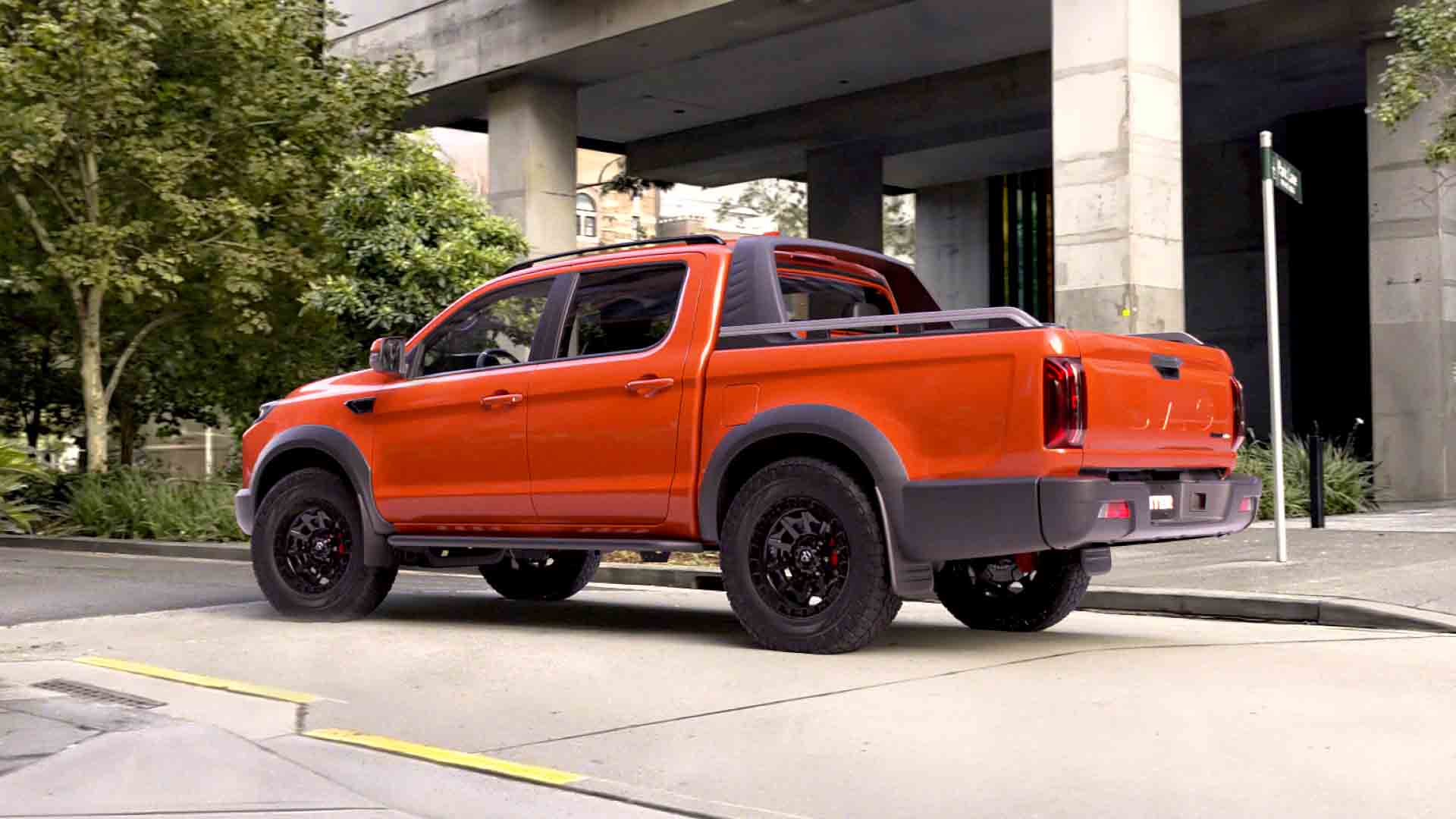
JAC says the Hunter will go on sale in Australia in the first quarter of 2026, and pricing and detailed specifications will be revealed closer to its launch date.
However, JAC has revealed it is targeting an electric-only driving range of at least 100km, courtesy of what it calls a “state-of-the-art” lithium-iron phosphate battery pack. Plus, the Hunter will also get a vehicle-to-load system, which will, for example, enable tourers to charge appliances at a campsite.
The Hunter’s cabin is expected to mimic the T9 turbo-diesel, with a 10.4-inch touchscreen alongside a fully digital 10.25-inch instrument cluster. It will also get the full suite of advanced safety systems and driver assistance tech including autonomous emergency braking, adaptive cruise control with stop-and-go functionality, and a 360-degree camera system.
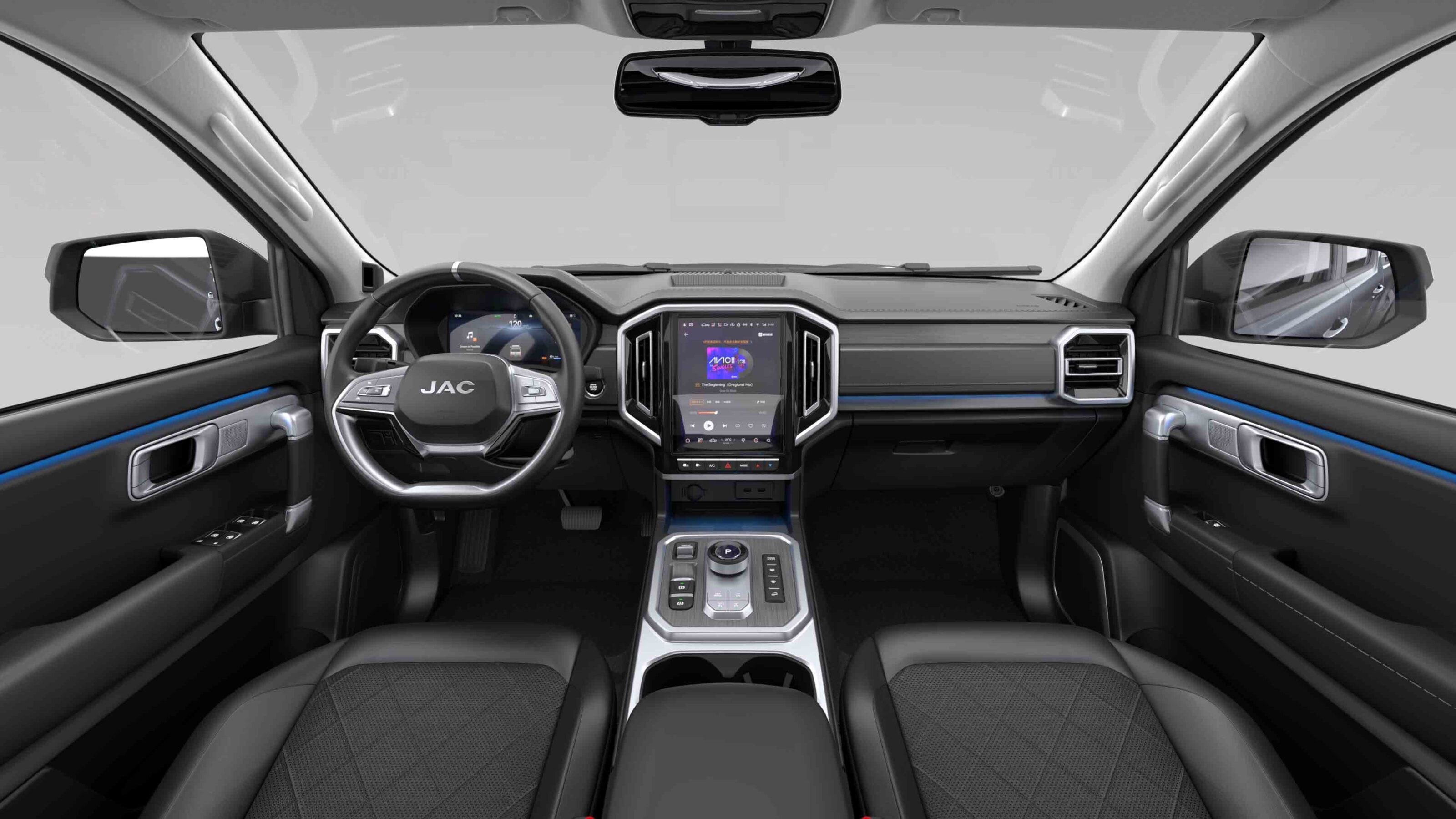
“The global premiere of the JAC Hunter marks a pivotal moment in JAC Motors’ 61-year history of innovation,” said Ahmed Mahmoud, Managing Director of JAC Motors Australian importer, LTS Auto.
“Australian drivers demand vehicles that offer both capability and sustainability, and the JAC Hunter delivers this without compromise.”
“We are thrilled to host this Global Premiere for JAC Motors, and we are even more thrilled to confirm that the JAC Hunter will arrive in JAC dealerships across Australia in early 2026.”
The JAC T9 it is based on received a five-star ANCAP safety score in 2024. Plus, the T9’s suspension, ADAS, powertrain and cooling systems were all validated for Australian conditions.
We recommend
-
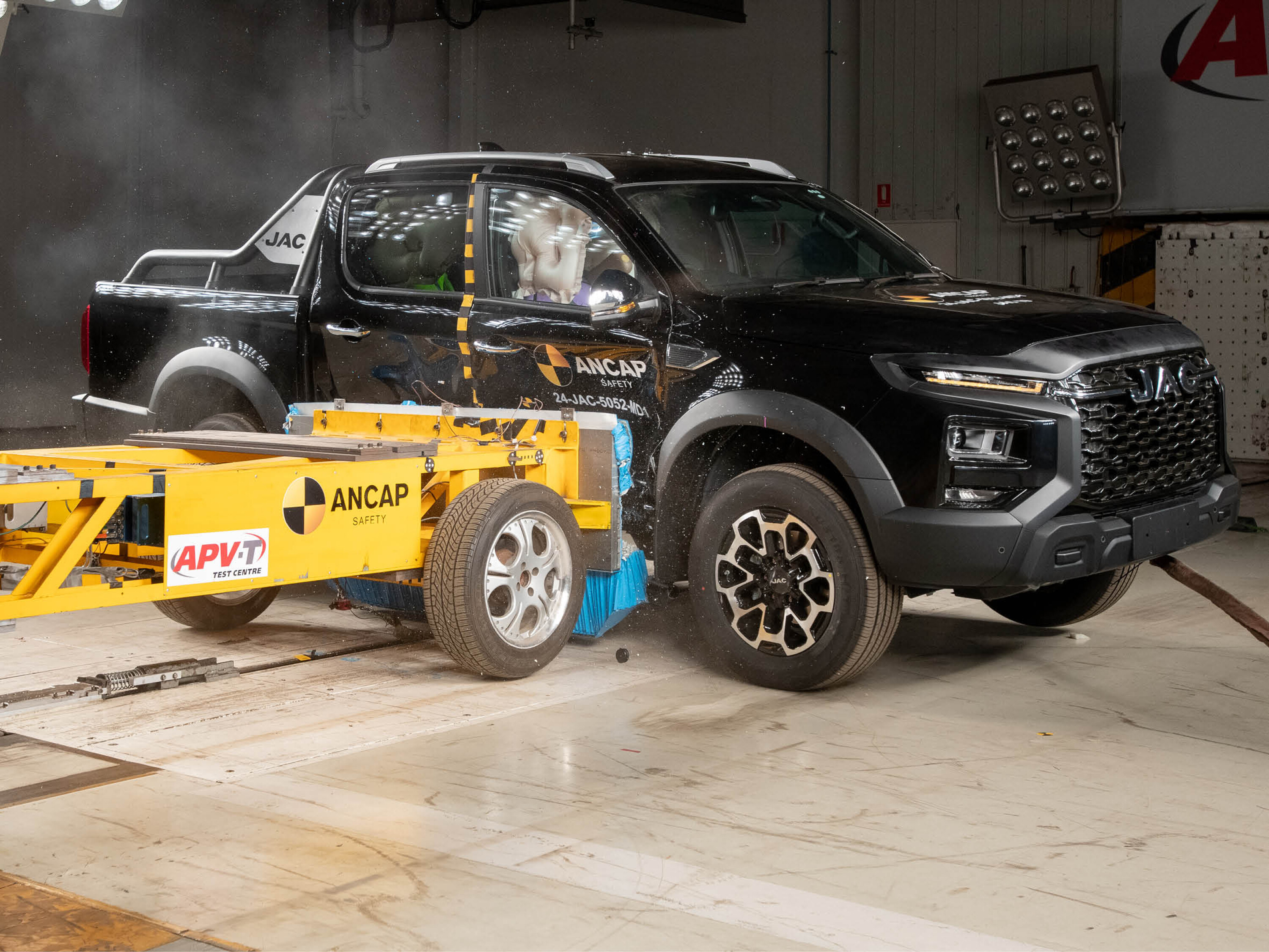 News
NewsJAC T9 named Australia’s safest ute in 2024
ANCAP has unveiled the top overall safety performers of 2024, with the new T9 near the top of the list
-
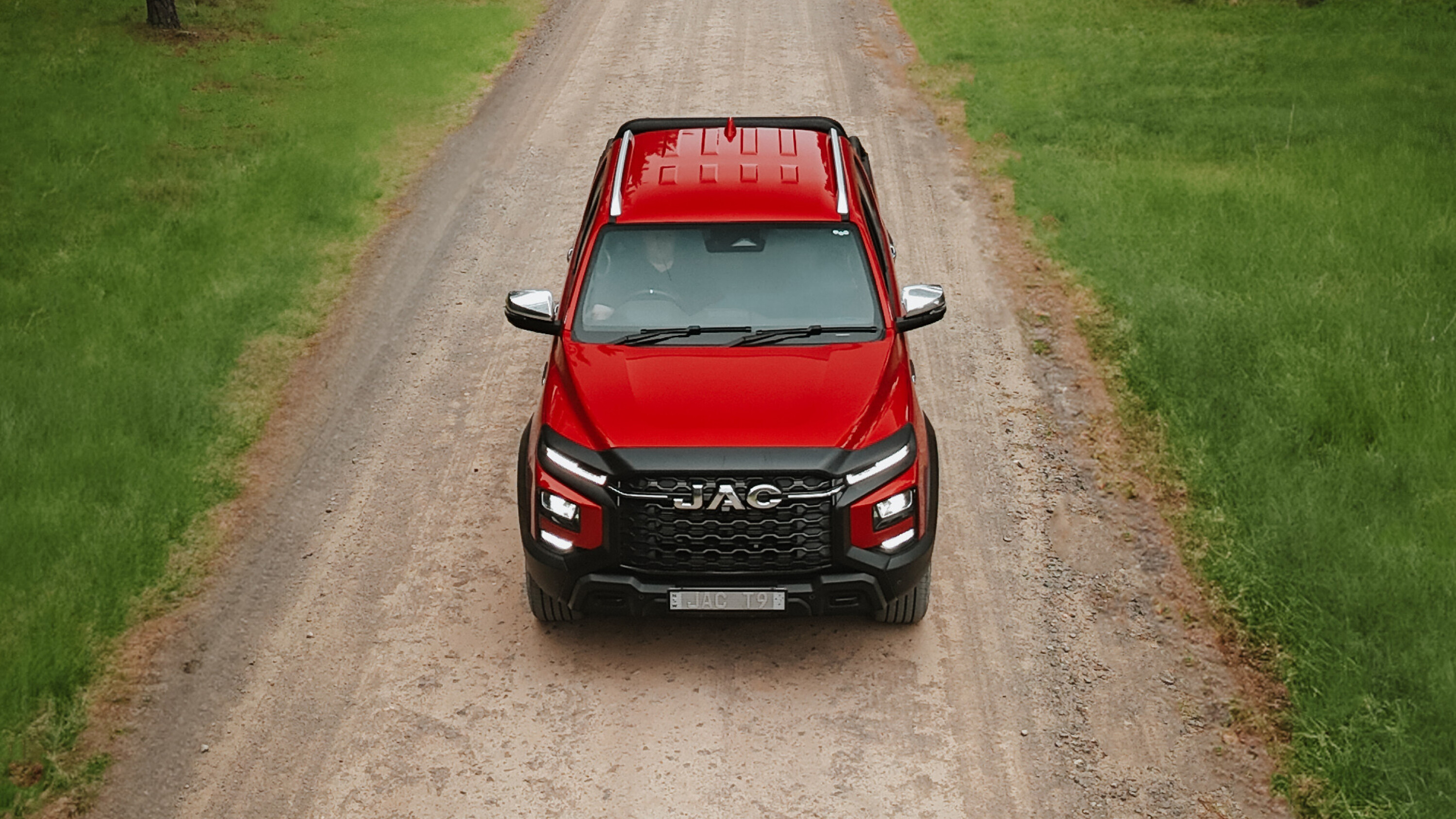 News
News2024 JAC T9 dual-cab ute gets five-star ANCAP safety rating
Value ute gets five-star ANCAP safety score in lead-up to local launch
-
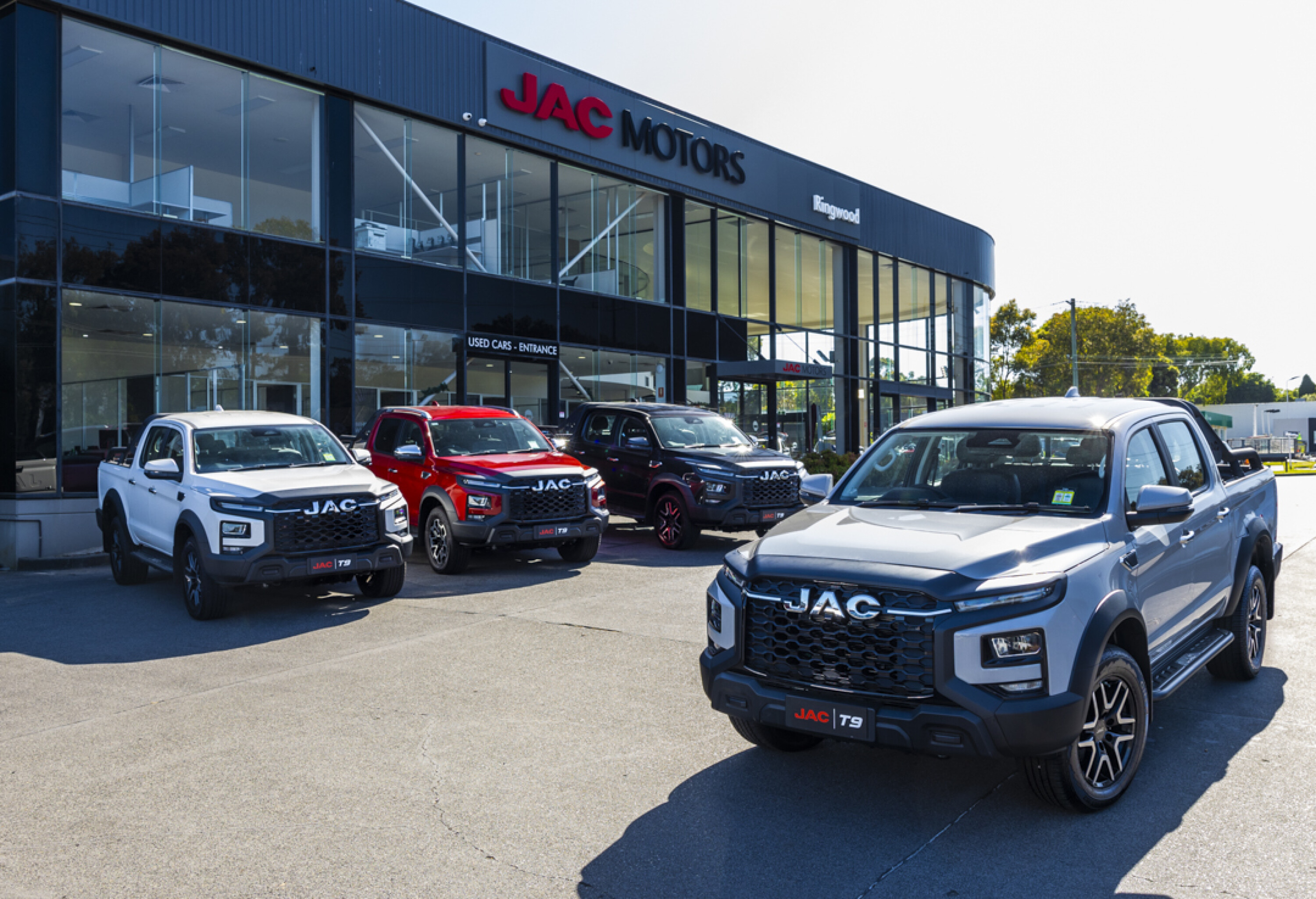 News
News2024 JAC T9 ute: Australian deliveries begin
The first Aussie customers have received their all-new T9 dual-cab


